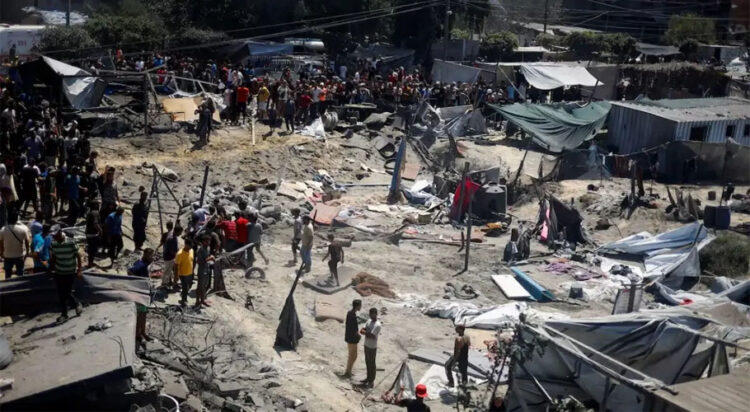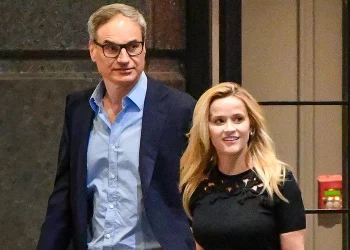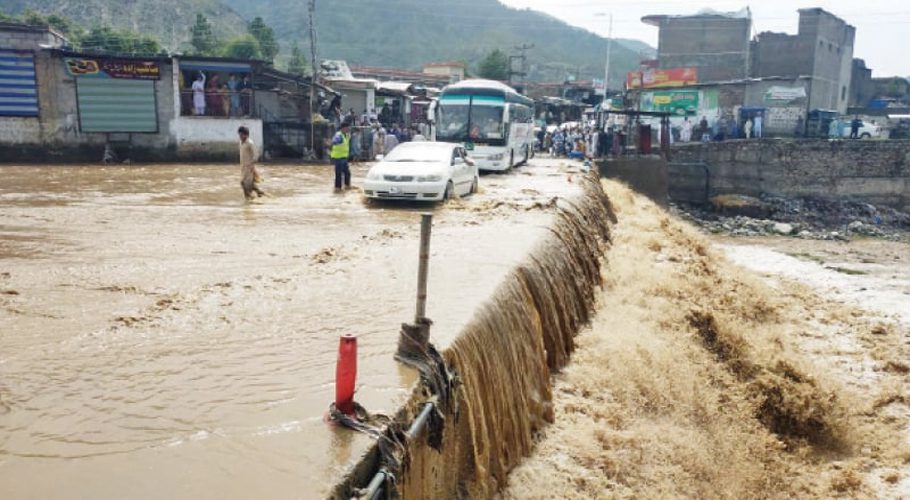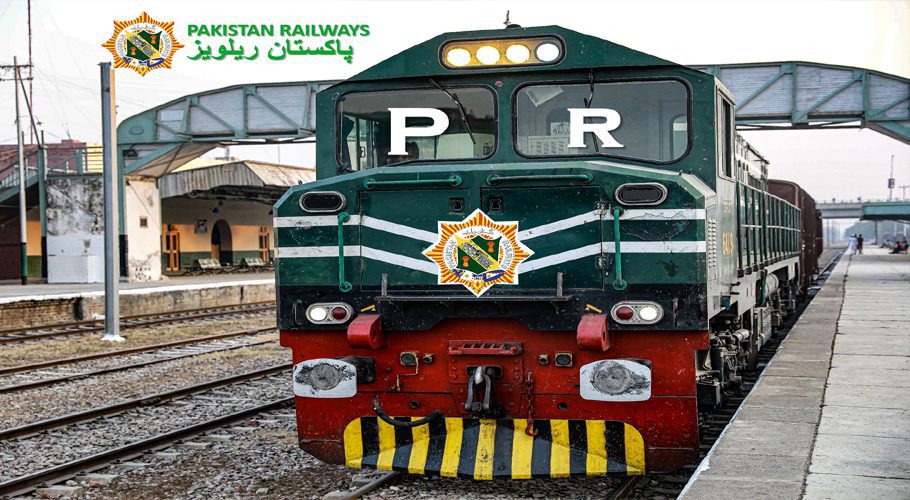Qatari mediators have presented a draft ceasefire proposal to both Israel and Hamas in an effort to halt the ongoing conflict in Gaza, which has now lasted for 15 months. The proposal, aimed at bringing about a significant reduction in hostilities and facilitating the exchange of hostages for Palestinian prisoners, could represent a breakthrough in the long-running conflict.
The proposal comes as officials in Doha report progress in the negotiations, with a potential agreement expected soon, just a week before U.S. President-elect Donald Trump is set to take office. While the details of the proposal have not been publicly confirmed by Hamas, key elements of the draft have been outlined by Israeli and Palestinian officials.
Here are the key points of the ceasefire proposal:
1. Hostage Return
The first stage of the ceasefire would focus on the release of 33 hostages. These include children, women (including female soldiers), elderly men over 50, and the wounded or sick. While Israel believes most of the hostages are alive, it has not received official confirmation from Hamas.
- Stage 1 Duration: This phase would last 60 days. If successful, the second phase of negotiations will begin on the 16th day, aiming for the release of remaining hostages, such as male soldiers and younger civilian males, as well as the return of bodies of deceased hostages.
- In Exchange: Israel will release over 1,000 Palestinian prisoners, including those convicted for deadly attacks. However, Hamas fighters involved in the October 7, 2023, attacks on Israel will not be included in the prisoner exchange.
2. Troop Withdrawal
The proposal outlines a phased Israeli withdrawal from Gaza, with Israeli forces remaining at the border perimeter to protect towns and villages along the Israeli-Gaza border.
- Security Arrangements: The Philadelphi corridor, which borders Egypt along Gaza’s southern edge, would see Israeli forces withdraw from parts of it after the initial days of the ceasefire.
- North Gaza and Rafah Crossing: North Gaza residents would be allowed to return under a mechanism preventing weapons from entering. The Rafah crossing between Egypt and Gaza would gradually open, allowing the movement of sick and humanitarian cases for treatment.
3. Humanitarian Aid
The proposal also calls for a significant increase in humanitarian aid to Gaza, where the population is facing an acute crisis. While Israel permits aid entry, disputes over the amount and distribution of aid have hindered its effectiveness. The increased aid would help alleviate the suffering in the enclave, which has faced shortages of food, medical supplies, and basic services.
4. Future Governance of Gaza
The question of who will govern Gaza after the ceasefire remains one of the most contentious issues. Israel has made it clear that it will not allow Hamas to remain in control of Gaza, and it has rejected the idea of the Palestinian Authority (PA) taking over. This has complicated efforts to establish a stable governance structure.
- Provisional Administration: Discussions have been underway between Israel, the UAE, and the U.S. about the possibility of a temporary administration to oversee Gaza until a reformed Palestinian Authority can assume control.
As the ceasefire negotiations move forward, the complexities of Gaza’s future governance remain unresolved. However, the proposal marks a potential first step toward de-escalating the conflict and addressing key humanitarian concerns. The success of the agreement will depend on the commitment of all parties involved and the ability to implement the outlined steps in the coming months.




































